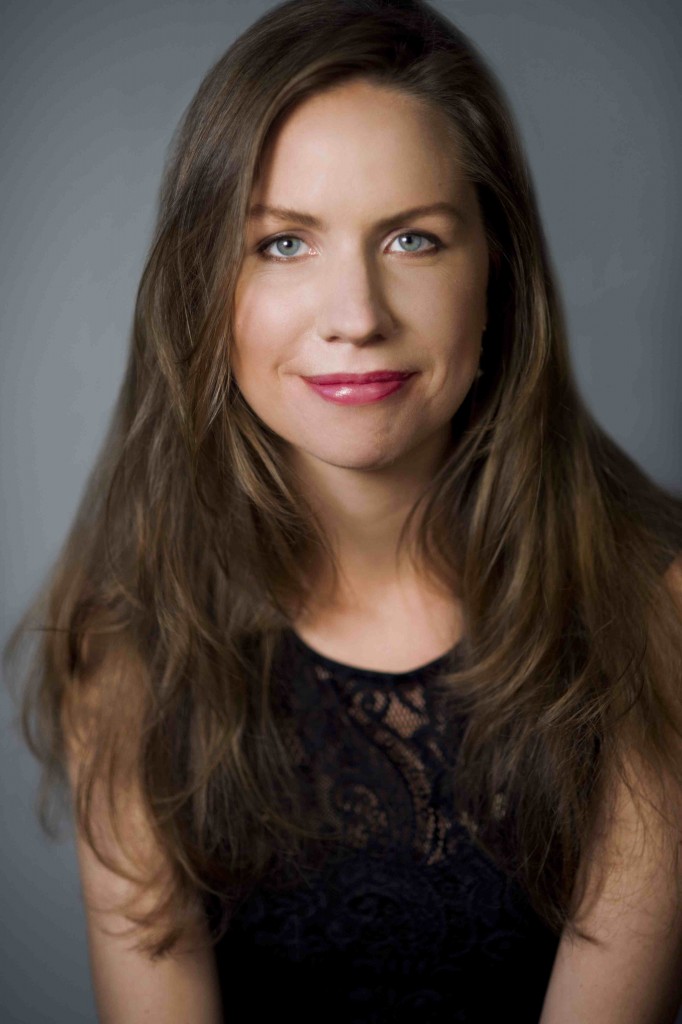Music of Soper and Davidovsky boost venue debut for “Contact!” series

Kate Soper’s “Into That World Inverted” was performed at the New York Philharmonic’s “CONTACT!” program Monday night at National Sawdust.
In the ceaseless building and rebuilding that characterizes New York City real estate, there is a new, compact music venue, one that appears to be the new home for the New York Philharmonic’s CONTACT! new music series.
The flashy National Sawdust, just off the cultural and commercial center of Williamsburg.
National Sawdust is, interestingly, a white box theater, which, by the evidence of Monday night’s CONTACT! concert, is a subliminal signifier of safety and comfort. Monday, it felt like an unintentionally ironic outpost of established culture in a part of the city that, for all its truly gritty and even dangerous past, is now as much as shopping mall as is Soho.
The concert was titled “Young Americans,” though there wasn’t a hint of David Bowie’s blue-eyed soul, and the best music came from a composer who hasn’t been young for decades.
All the composers—Caroline Mallonée, Kate Soper, Adam Schoenberg, Nathan Heidelberger, and elder statesman Mario Davidovsky—were on hand, and each gave a few remarks on the thinking and process that went into their pieces. In this, Davidovsky reinforced that he was not a member of the cohort—while the young composers revealed ideas that were clever yet unambitious, Davidovsky rambled amiably through some tangential memories, then let his piece speak for itself.
Mallonée’s work wore its concept in the title: Unless Acted Upon: Manifestations of the Newton’s First Law. Music, mobile and flowing through time, would seem the ideal medium to represent Newton’s law on inertia and outside forces, and the piece began with an energetic leap.
However, despite sectional titles like “Friction,” “Gravity,” and “Bounce,” there was little sense of physical energy in the piece. Despite some pungent orchestration for the mixed ensemble of violin, cello, flute, clarinet, and piano, “Friction” glided along, and “Gravity” exerted no discernible force. As a pure construction of notes, Unless Acted Upon was a neat and pleasant exercise in presenting, taking apart, and rebuilding phrases, but the intriguing promise of the title and description was never approached.
Soper’s Into That World Inverted was much more successful. Soper’s explanation for how the work came about was simple: at Tanglewood in 2006, she was instructed to write her first piece for french horn, and produced a composition for horn with piano accompaniment.
Soper is one of the most interesting young composers around. Her work is consistently imaginative, complex, fascinating to hear–and see performed–and her command of instrumental possibilities is impressive. The lack of real form and structure betray that this is a study, but the content sticks with a hybrid of fantasy and sonata. The horn writing is lyrical, moody, expressive. The piece is full of Soper’s discoveries of sounds that are lovely and affecting, and was played with a gorgeous sound by hornist Richard Dean, accompanied by Steven Beck.
Soper’s piece was exploratory, with the sense that there is the possibility of surprise. That feeling is needed more often at new music concerts. The implication of the CONTACT! series is that not only the music but the thinking is new. New music made within the confines of the classical tradition is like a freshly made landscape painting; no matter the skill and the quality, the idea is familiar.
Schoenberg’s Fleeting and Heidelberger’s Halve Time (quartet after Zeno) fit easily into familiar experiences. Schoenberg spoke about the inspiration of Messiaen’s Quartet for the End of Time, that piece’s rhythms and colors, and he and Heidelberger both used Messiaen’s instrumentation of clarinet, violin, cello, and piano.
Schoenberg explained his goal was to create a multi-movement piece, and the two movements currently finished did sound like something was missing, and that ideas tossed out and abandoned would be developed later. There were some wrong-footed rhythms that misunderstood Messiaen, and the stirring conclusion of the second part, “Mysteriously Searching,” was unearned by the music that had come before. The piece remains incomplete and sounds like it.
Zeno’s paradox is the insupportable notion that a journey from one point to the next is made up of infinitely diminishing halves, and so can never be completed. Heidelberger’s piece also keeps halving itself, in movements that go from three minutes to ten seconds. He plays with duration by compressing his musical gestures, and the music becomes rapidly redundant. The composing outlines Zeno’s idea but doesn’t support itself musically.
What a difference with Davidovsky’s concluding Flashbacks. Written twenty years ago, it had the freshest thinking of the concert. The piece was a tour-de-force for percussionist Daniel Druckman, and the entire sextet (including piano, violin, cello, flute, and clarinet), played energetically under conductor Jeffrey Milarsky.
With Davidovsky, pre-planned or conceptual materials, like an atonal scale, never get in the way of what feels intuitively right. He uses the least means to make structurally powerful rhythms, and creates his forms out of a series of rapid jumps and juxtapositions. His music is full of space, and he knows how long to keep a line and when to keep silent.
Davidovsky also makes stimulating arguments: in this piece, the winds and strings maintain stream of consciousness phrases which the piano tries to disrupt, while the percussion stands above the fray. Music like this brings practice, not concept, to the fore, and that keeps it ever new.
CONTACT! returns to National Sawdust February 1, with music by Lutoslawski, Donatoni, Catiglioni, and Salonen. nyphil.org






